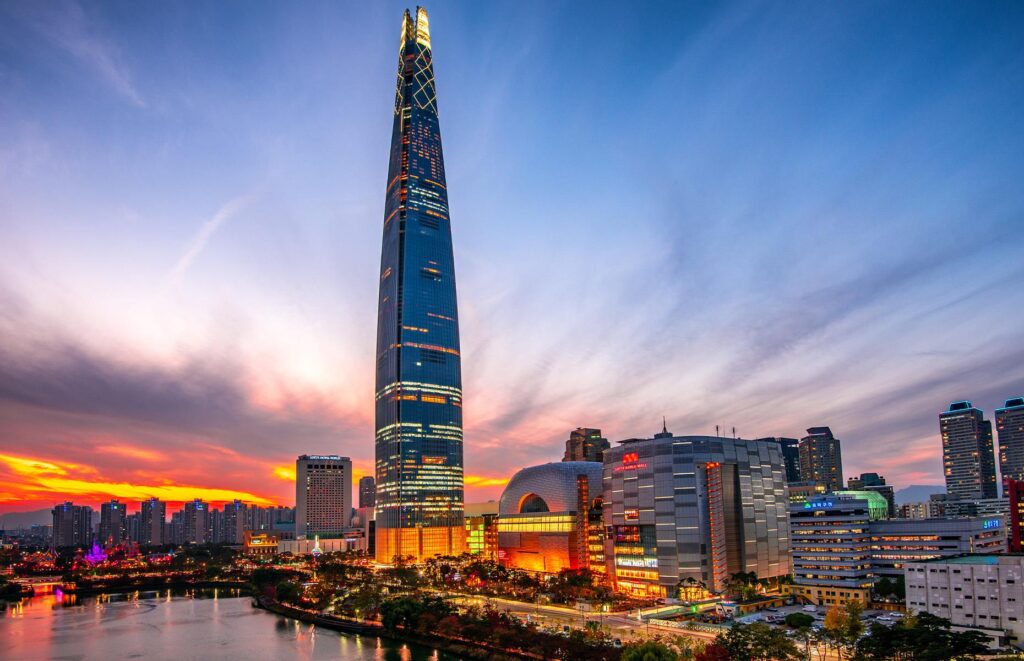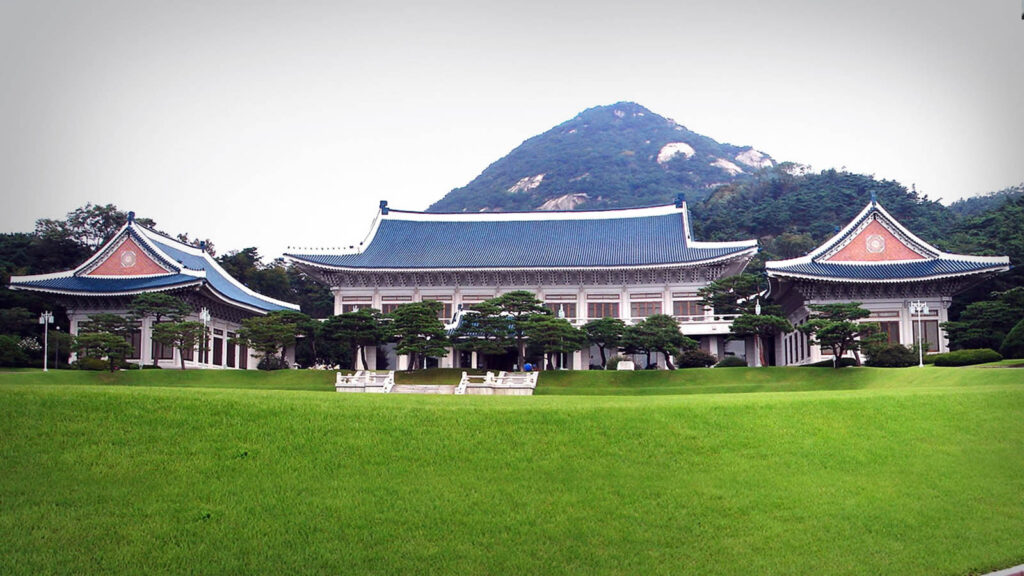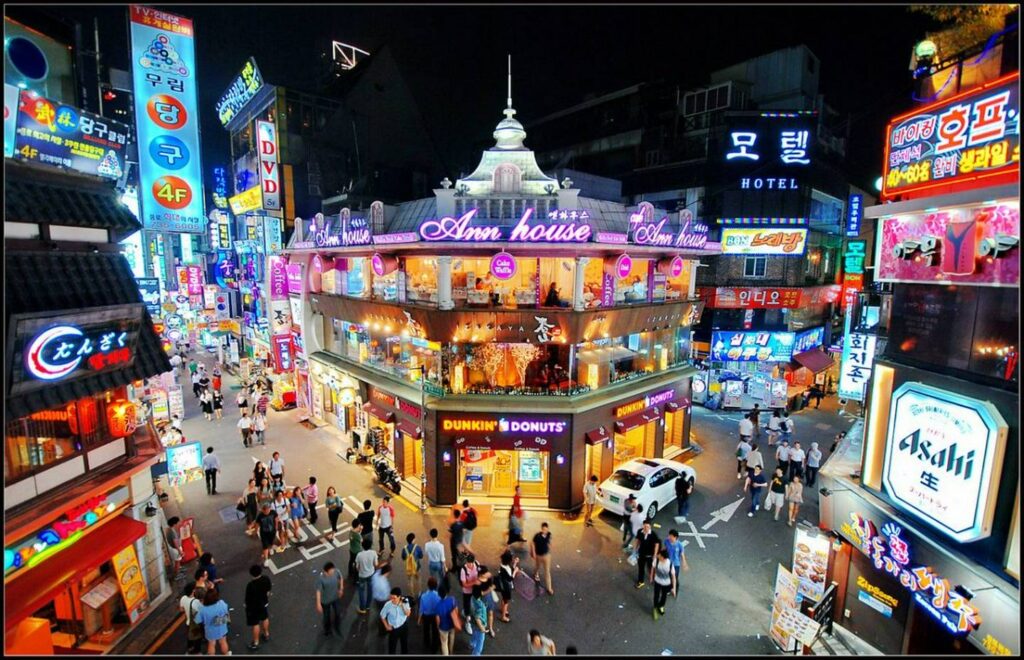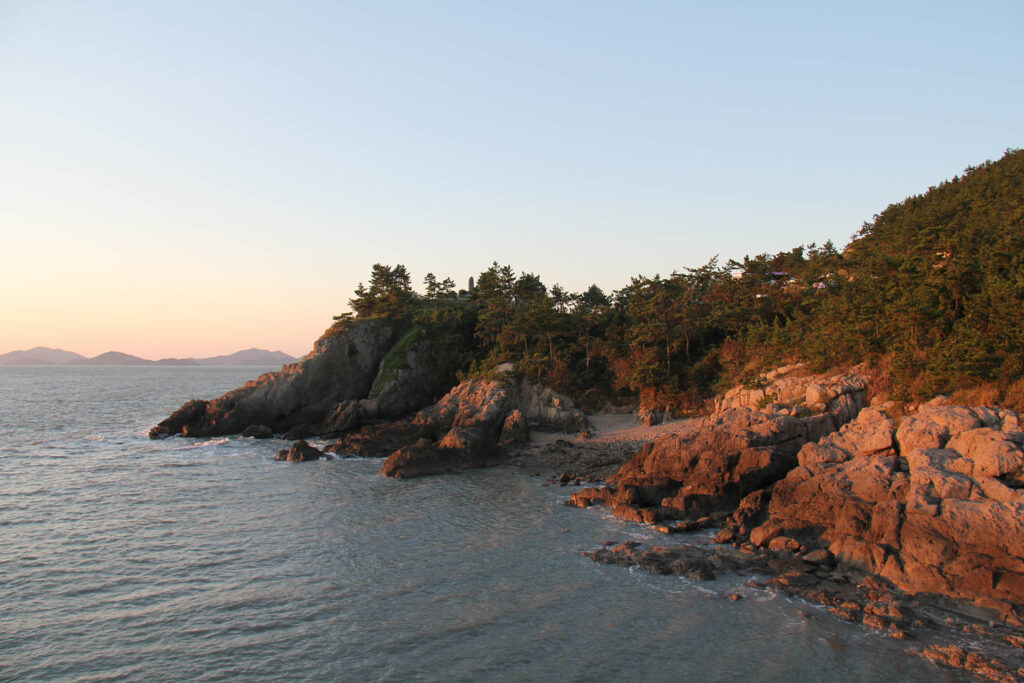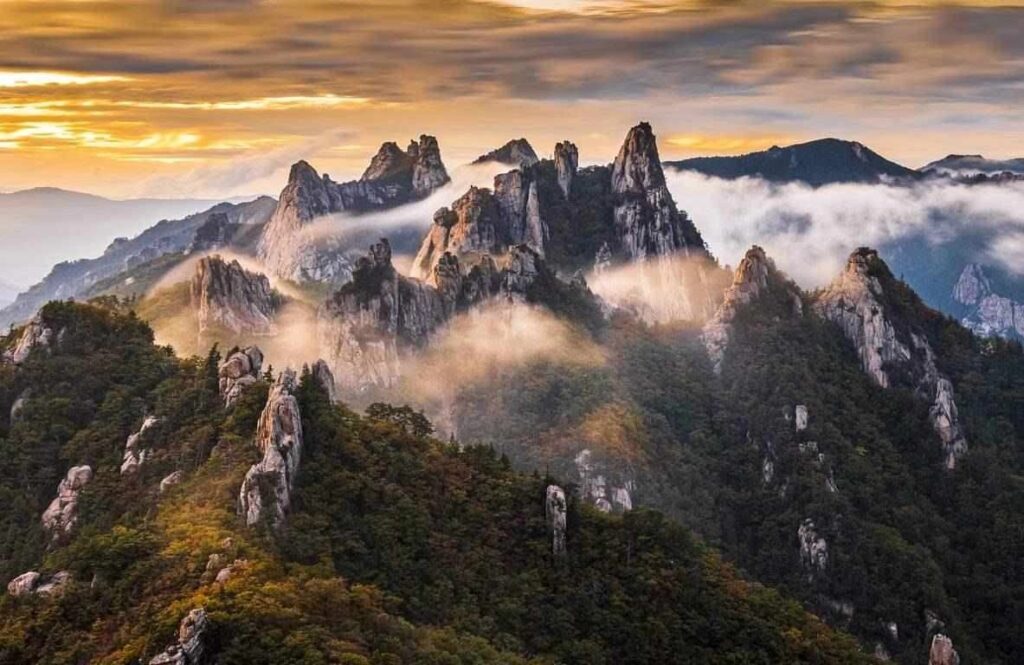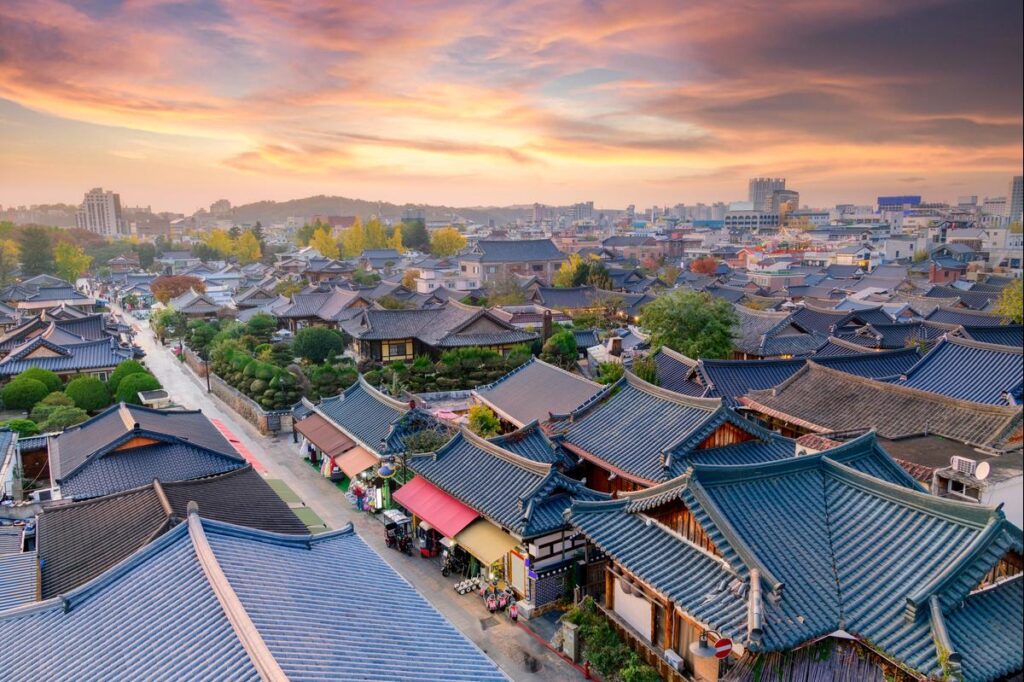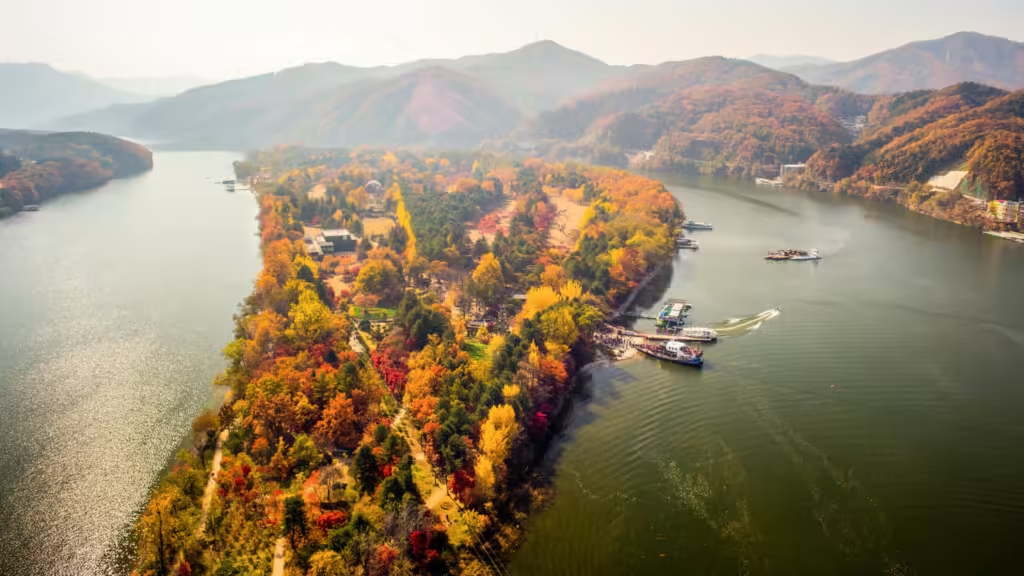The Dead Sea, straddling the borders of Jordan, Israel, and the West Bank, is a natural wonder that has captivated people for millennia. This unique body of water, nestled in the heart of the Middle East, is renowned for its extraordinary properties, rich history, and therapeutic benefits. In this article, we’ll dive deep into the fascinating world of the Dead Sea, focusing on its Jordanian side, to understand why it’s a must-visit destination for travelers seeking both relaxation and adventure.
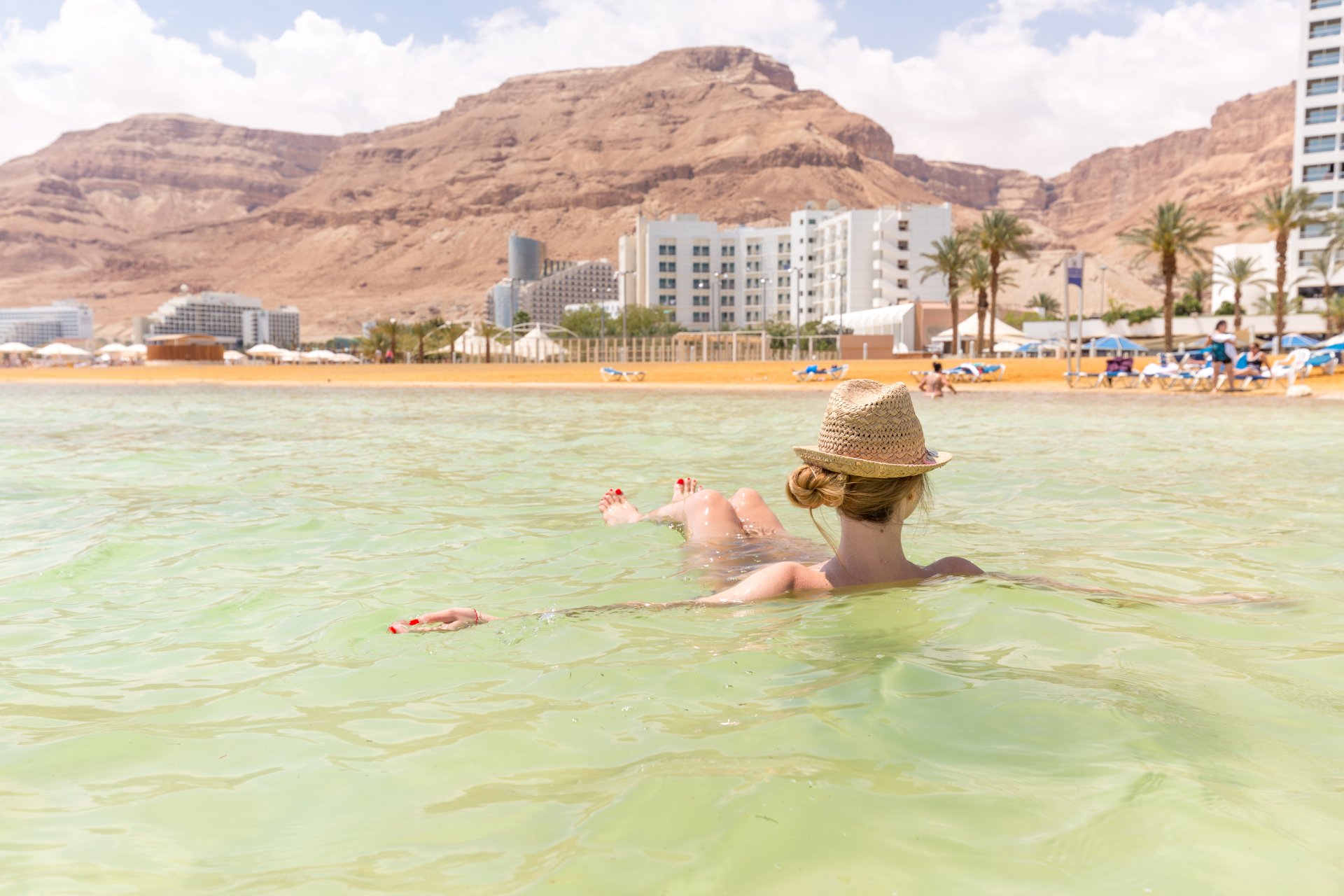
Dead Sea: Jordan’s Natural Marvel
The Geography and Formation of the Dead Sea
Location and Size
The Dead Sea is located in the Jordan Rift Valley, a deep depression that sits at the lowest point on Earth, approximately 1,412 feet (430.5 meters) below sea level. It is situated between Jordan to the east and Israel and the West Bank to the west. The sea stretches about 31 miles (50 km) in length and reaches a maximum width of 11 miles (18 km), making it a substantial inland water body despite its decreasing size.
Geological Origins
The Dead Sea’s formation is a tale of geological drama. It lies in the Great Rift Valley, a vast fracture in the Earth’s crust that extends from northern Syria to eastern Africa. This rift began forming millions of years ago when the Arabian Plate and the African Plate started moving apart, causing the land between them to sink. Over time, this depression filled with water from the Jordan River and other sources, creating the Dead Sea.
The Jordan River’s Role
The primary water source for the Dead Sea is the Jordan River, which has been a lifeline for the region for thousands of years. The river flows from the Sea of Galilee in the north, winding its way through the Jordan Valley before emptying into the Dead Sea. However, in recent decades, much of the Jordan River’s water has been diverted for agricultural and domestic use, significantly reducing the inflow to the Dead Sea.

Dead Sea: Jordan’s Natural Marvel
The Unique Properties of the Dead Sea
High Salinity and Mineral Content
What makes the Dead Sea truly unique is its extremely high salinity. While the average ocean has a salt content of about 3.5%, the Dead Sea’s salinity reaches a staggering 34%, making it nearly ten times saltier. This high salt concentration is due to rapid evaporation and the lack of outflow from the sea. The mineral composition is also distinctive, rich in magnesium, sodium, potassium, calcium, and bromine.
Why Is It Called the “Dead” Sea?
The sea’s hypersalinity makes it inhospitable for most forms of life. Fish or plants that are swept in from the Jordan River quickly perish. This absence of visible life led to its name, the “Dead Sea.” However, this moniker is somewhat misleading. Recent studies have discovered unique microorganisms, particularly halophilic (salt-loving) bacteria and archaea, that thrive in this extreme environment.
The Floating Experience
One of the most famous features of the Dead Sea is its buoyancy. Due to its high mineral content, particularly magnesium chloride, the water is much denser than regular seawater. This density makes it nearly impossible for swimmers to sink, providing a unique floating experience where you can effortlessly lie back on the water’s surface, reading a newspaper or sipping a drink.
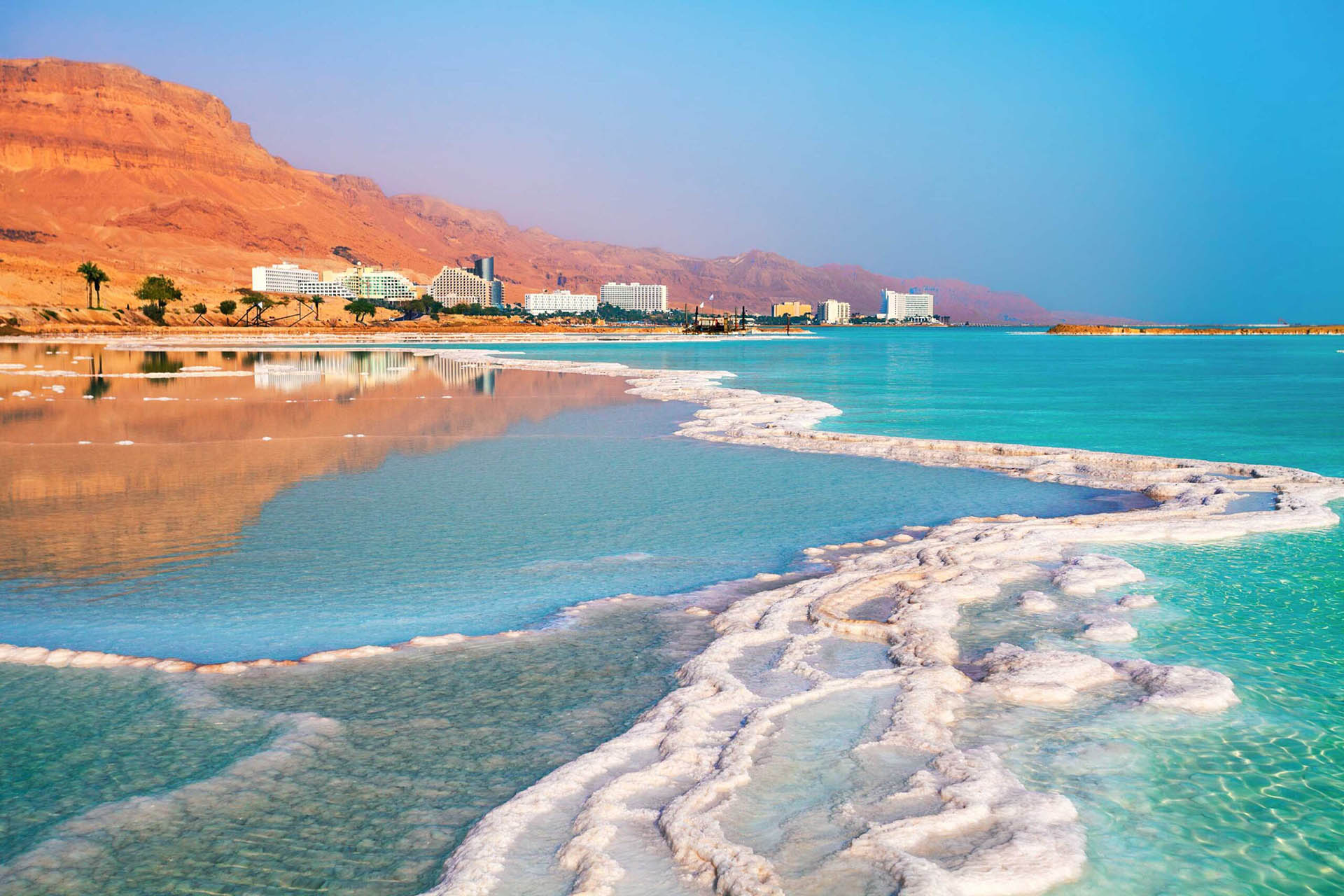
Dead Sea: Jordan’s Natural Marvel
The Dead Sea’s Therapeutic Benefits
Skin Health and Beauty
The Dead Sea has been a beauty and health retreat for thousands of years, dating back to the time of Cleopatra. Its mud and mineral-rich waters are renowned for their therapeutic properties. The high magnesium content helps hydrate the skin and improve skin barrier function. Bromides and bitumen in the mud have anti-inflammatory and antiseptic properties, making them effective in treating skin conditions like psoriasis, eczema, and acne.
Respiratory Health
The region’s unique climate also offers health benefits. The Dead Sea sits at the lowest point on Earth, where the atmosphere is oxygen-rich and has higher barometric pressure. This environment can be beneficial for people with respiratory issues like asthma or cystic fibrosis, as it can help improve lung function and reduce inflammation.
Joint and Muscle Relief
The warm, mineral-rich waters of the Dead Sea are also known for their benefits in treating joint and muscle pain. The high levels of magnesium and bromide help relax muscles and reduce inflammation, providing relief for conditions such as arthritis, fibromyalgia, and back pain. Many visitors report feeling more relaxed and experiencing less pain after soaking in the sea.
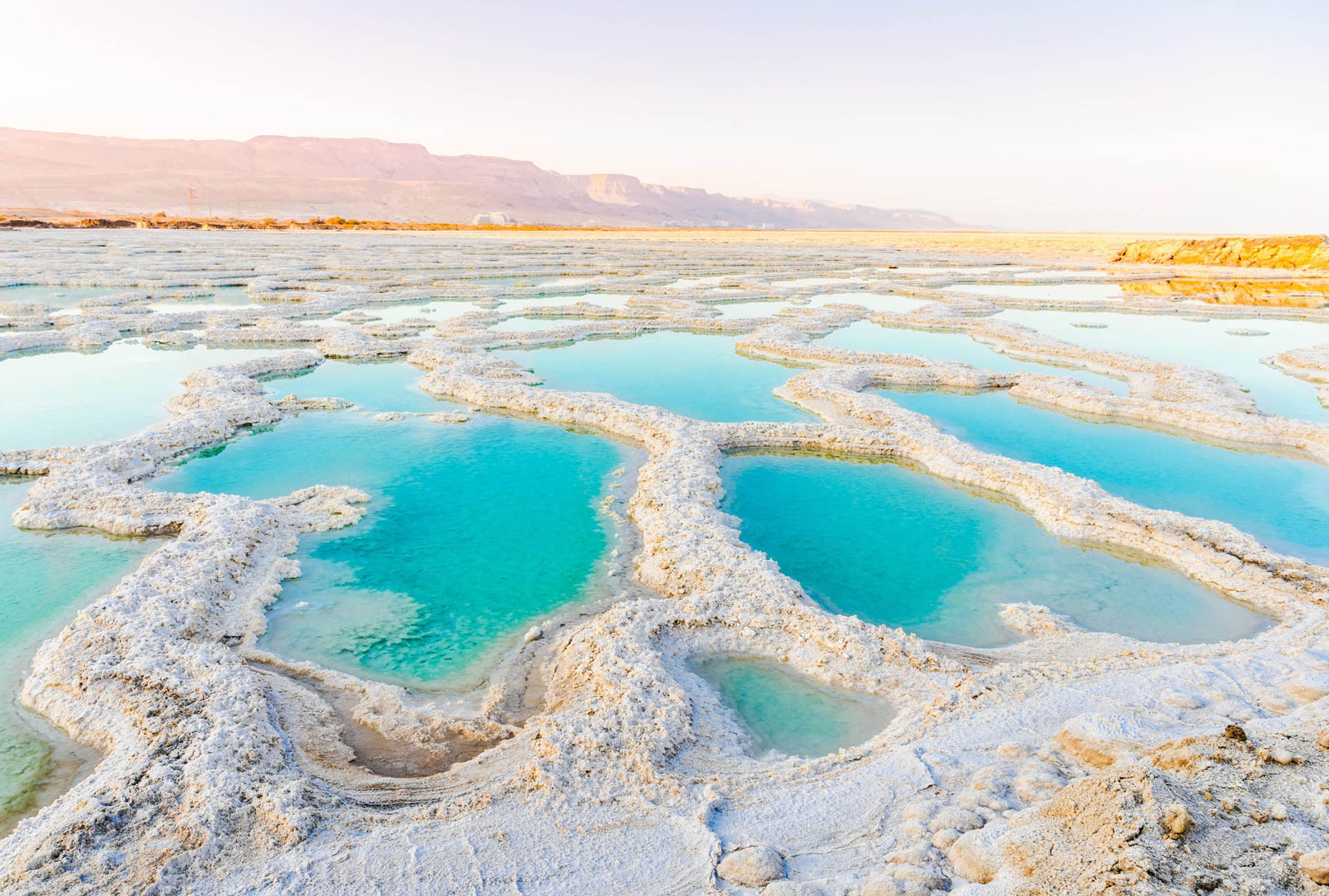
The Dead Sea in History and Culture
Biblical Significance
The Dead Sea region holds immense religious and historical significance. In the Bible, it is often referred to as the “Salt Sea” or the “Sea of the Arabah.” According to the Book of Genesis, the area around the Dead Sea was once a fertile plain, home to the infamous cities of Sodom and Gomorrah. These cities were said to be destroyed by God due to their wickedness, possibly through a natural disaster that could be linked to the region’s seismic activity.
The Qumran Caves and the Dead Sea Scrolls
One of the most significant archaeological discoveries of the 20th century occurred near the Dead Sea’s northwestern shore. Between 1947 and 1956, in the caves of Qumran, Bedouin shepherds and archaeologists discovered the Dead Sea Scrolls. This collection of over 900 ancient Jewish texts, including some of the oldest known copies of the Hebrew Bible, provided invaluable insights into Second Temple Judaism and the origins of Christianity.
Historically Famous Visitors
Throughout history, many notable figures have been drawn to the Dead Sea’s shores. Herod the Great, the Roman client king of Judea, built fortresses and palaces along its banks, including the famous Masada. In later centuries, the area attracted everyone from Queen Cleopatra of Egypt, who reputedly had exclusive rights to build cosmetics and pharmaceutical factories in the area, to the Empress of Ethiopia, who sought its healing properties.

The Dead Sea’s Ecosystem
The Surrounding Desert
The landscape around the Dead Sea is a stark, beautiful desert. On the Jordanian side, the Moab Mountains rise dramatically from the sea’s eastern shore, creating a stunning backdrop. This arid environment is home to a variety of desert fauna, including ibex, hyrax, and over 100 species of migratory birds that use the area as a crucial stopover on their routes between Europe and Africa.
Oases and Springs
Despite the harsh desert conditions, several freshwater springs feed into the Dead Sea, creating lush oases. Ein Gedi, on the Israeli side, and Ma’in Hot Springs, on the Jordanian side, are prime examples. These oases provide a stark contrast to the surrounding desert, supporting a variety of plant life and serving as vital water sources for wildlife.
Agricultural Innovation
The region’s harsh climate has spurred agricultural innovation. Israeli and Jordanian farmers have pioneered advanced irrigation techniques and developed salt-resistant crop varieties. In the Jordan Valley, you’ll find thriving date palm plantations and vegetable farms, demonstrating how modern technology can make the desert bloom.
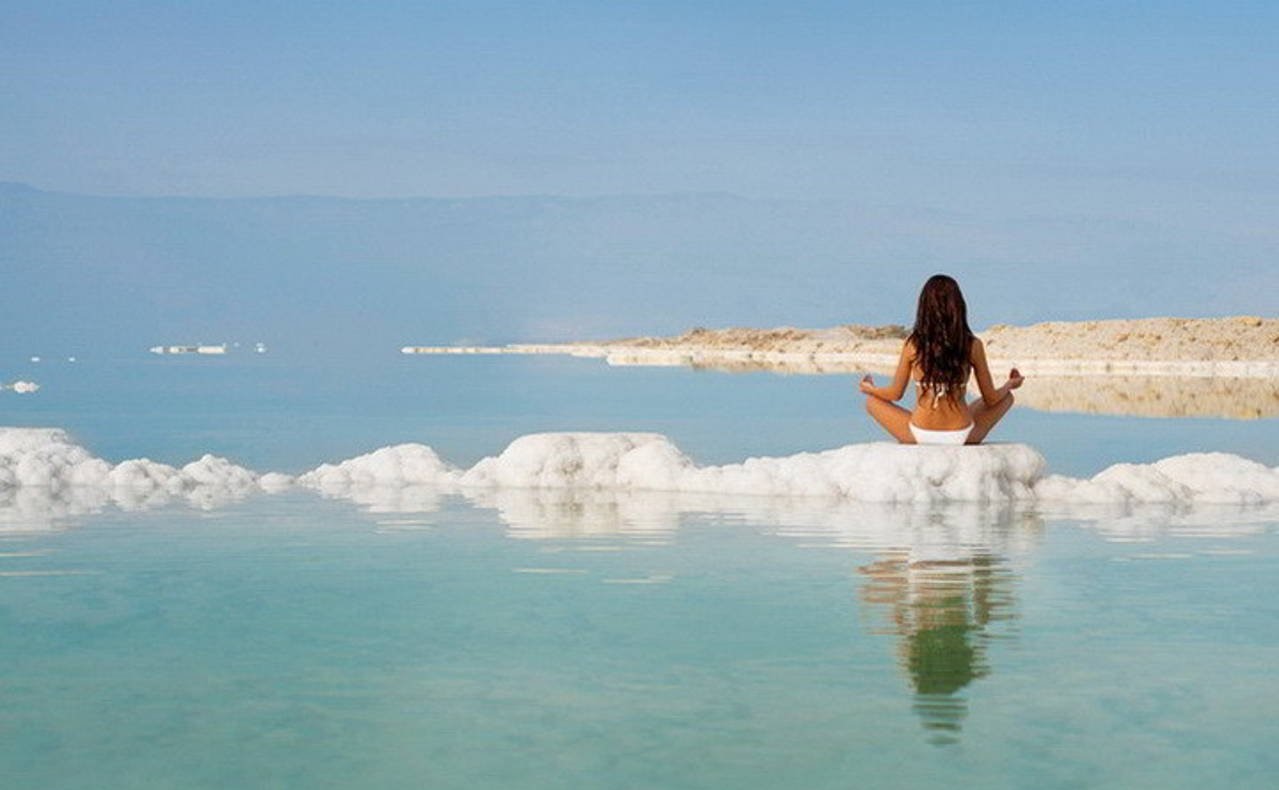
Tourism and Activities at the Dead Sea, Jordan
Luxury Resorts and Spas
Jordan’s Dead Sea coastline is dotted with world-class resorts that offer a blend of luxury and therapeutic treatments. Hotels like the Kempinski Hotel Ishtar Dead Sea and the Mövenpick Resort & Spa Dead Sea provide upscale accommodations with private beach access. These resorts house extensive spa facilities offering a wide range of treatments using Dead Sea products, from full-body mud wraps to salt scrubs.
Mud Baths and Mineral Pools
No visit to the Dead Sea is complete without experiencing its famous mud baths. Many beaches and resorts offer areas where you can slather yourself with the nutrient-rich black mud, let it dry in the sun, and then rinse it off in the sea. Some facilities also have mineral pools with varying salt concentrations, allowing you to experience different levels of buoyancy and therapeutic effects.
Water Sports and Beach Activities
While traditional water sports like surfing or jet-skiing are out due to the water’s density, there are still plenty of beach activities. Many resorts offer paddle boarding, which is more manageable in the buoyant water. Beach volleyball, sunbathing, and picnicking are also popular. For a unique experience, try a sunrise or sunset float, when the light paints the sea and surrounding mountains in stunning colors.
Hiking and Nature Exploration
The area around Jordan’s Dead Sea coast offers excellent hiking opportunities. The Mujib Biosphere Reserve, just south of the sea, features dramatic canyons and offers hikes ranging from easy walks to challenging canyon trails that involve wading through streams and using ropes. The Wadi Zarqa Ma’in, near the Ma’in Hot Springs, is another beautiful hiking area with waterfalls and warm mineral pools.
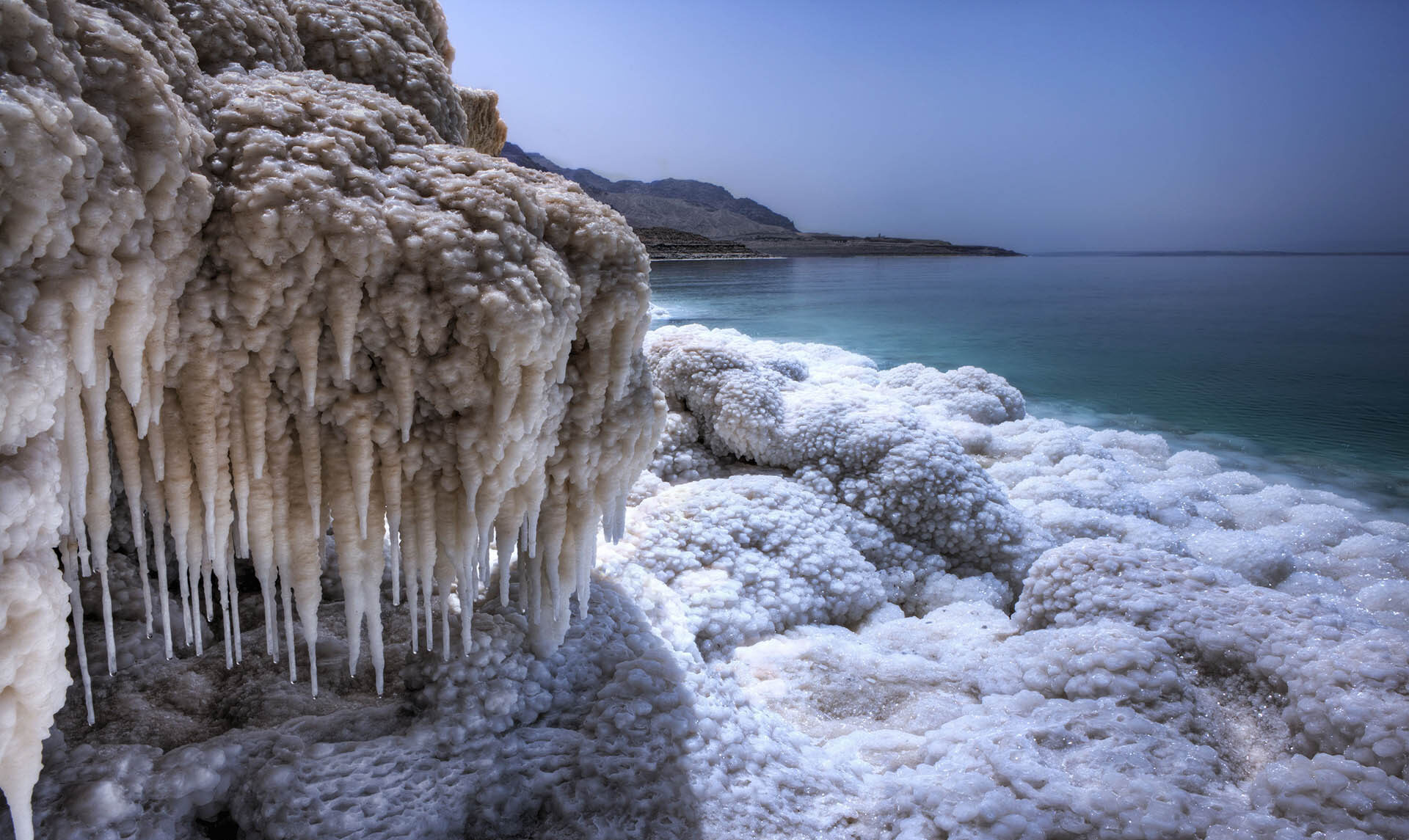
Environmental Challenges and Conservation Efforts
Shrinking Water Levels
The Dead Sea faces a severe environmental crisis: it is shrinking at an alarming rate. Since the 1960s, the sea’s surface area has decreased by about a third, and its water level continues to drop by more than a meter each year. This shrinkage is primarily due to water diversion from the Jordan River for agriculture and domestic use, along with mineral extraction activities.
Sinkholes and Land Subsidence
As the sea recedes, it leaves behind a layer of salt that was previously underwater. Freshwater from underground springs dissolves this salt, creating large underground cavities that eventually collapse, forming sinkholes. These sinkholes, some over 80 feet deep, pose significant risks to infrastructure and human safety, making some areas near the shoreline inaccessible.
The Red Sea-Dead Sea Water Conveyance Project
To combat these issues, Jordan, Israel, and the Palestinian Authority have been discussing the ambitious Red Sea-Dead Sea Water Conveyance Project. This plan involves building a pipeline to bring water from the Red Sea to desalination plants near the Dead Sea. The brine byproduct would be channeled into the Dead Sea, helping to stabilize its water level. However, the project faces financial, political, and environmental challenges.
Sustainable Tourism Initiatives
Jordan is also promoting more sustainable tourism practices around the Dead Sea. Many resorts are adopting water-saving technologies, using solar power, and reducing plastic use. There’s also a growing emphasis on eco-tourism, encouraging visitors to engage in activities that have minimal environmental impact, such as bird watching, stargazing, and visiting local communities to learn about traditional lifestyles.

Planning Your Visit to Jordan’s Dead Sea
Best Time to Visit
The Dead Sea region has a desert climate, with hot, dry summers and mild winters. The best times to visit are in spring (March to May) and autumn (September to November) when temperatures are pleasantly warm, ranging from 68°F to 86°F (20°C to 30°C). Winter can be surprisingly chilly, especially at night, while summer sees daytime temperatures soaring above 104°F (40°C).
How to Get There
Most international visitors arrive at Queen Alia International Airport near Amman, Jordan’s capital. From there, the Dead Sea is about a 1-hour drive southwest. Many resorts offer airport transfers, or you can take a taxi or rent a car. Another option is to fly into Tel Aviv, Israel, and cross into Jordan via the King Hussein Bridge, which is close to the Dead Sea.
What to Pack
Given the climate and activities, pack accordingly:
- Swimwear and water shoes (the salt can make the seabed rough)
- High-SPF sunscreen, a hat, and sunglasses
- Light, loose-fitting clothes for the heat
- A light jacket for cool evenings
- Any medications, as some can’t be exposed to the mineral water
- A book or magazine for floating reading!
Combining with Other Jordan Attractions
The Dead Sea’s location makes it easy to combine with other Jordanian highlights. Petra, the famous rock-carved city, is about a 3-hour drive south. Amman, with its vibrant culture and Roman ruins, is just an hour northeast. For nature lovers, the Dana Biosphere Reserve is within reach, offering more hiking and stunning desert landscapes.
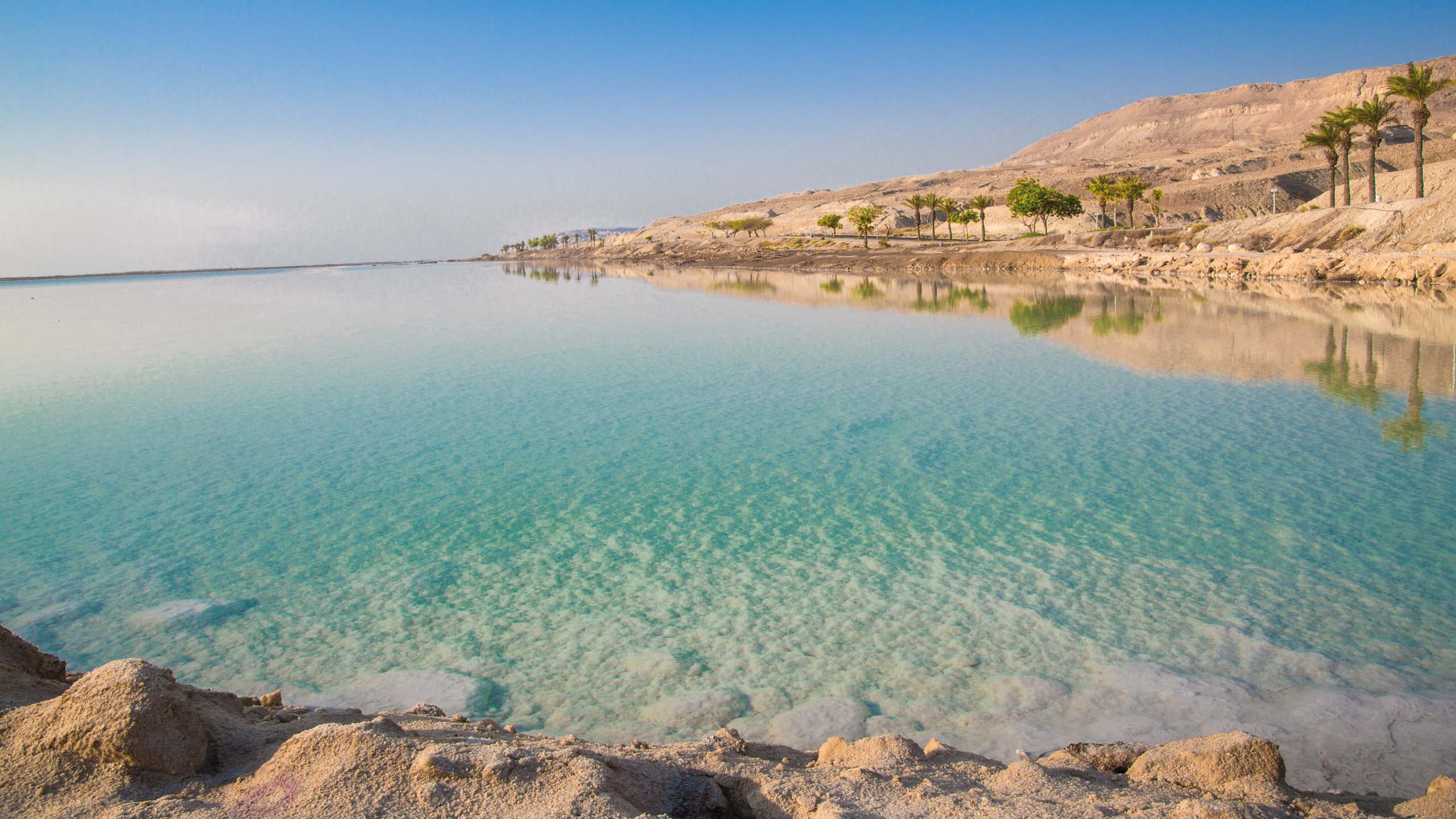
Conclusion: A Timeless Natural Wonder
The Dead Sea in Jordan is far more than just a body of water; it’s a place where nature, history, and wellness converge in a truly unique way. From its extraordinary geological formation and extreme salinity to its rich biblical history and renowned therapeutic properties, the Dead Sea offers an experience found nowhere else on Earth.
However, this remarkable site also serves as a poignant reminder of our impact on the environment. As the Dead Sea faces critical challenges from human activities, its future hangs in the balance. By visiting responsibly and supporting conservation efforts, we can help ensure that this natural wonder continues to offer its gifts to generations to come.
Whether you seek relaxation in its mineral-rich waters, rejuvenation in its famous mud, or inspiration from its timeless landscapes, Jordan’s Dead Sea promises an unforgettable journey. It’s a place where you can float effortlessly, not just on its dense waters, but between the realms of ancient history, natural beauty, and personal well-being. In our fast-paced world, the Dead Sea invites us to slow down, soak in its treasures, and connect with something truly extraordinary.



